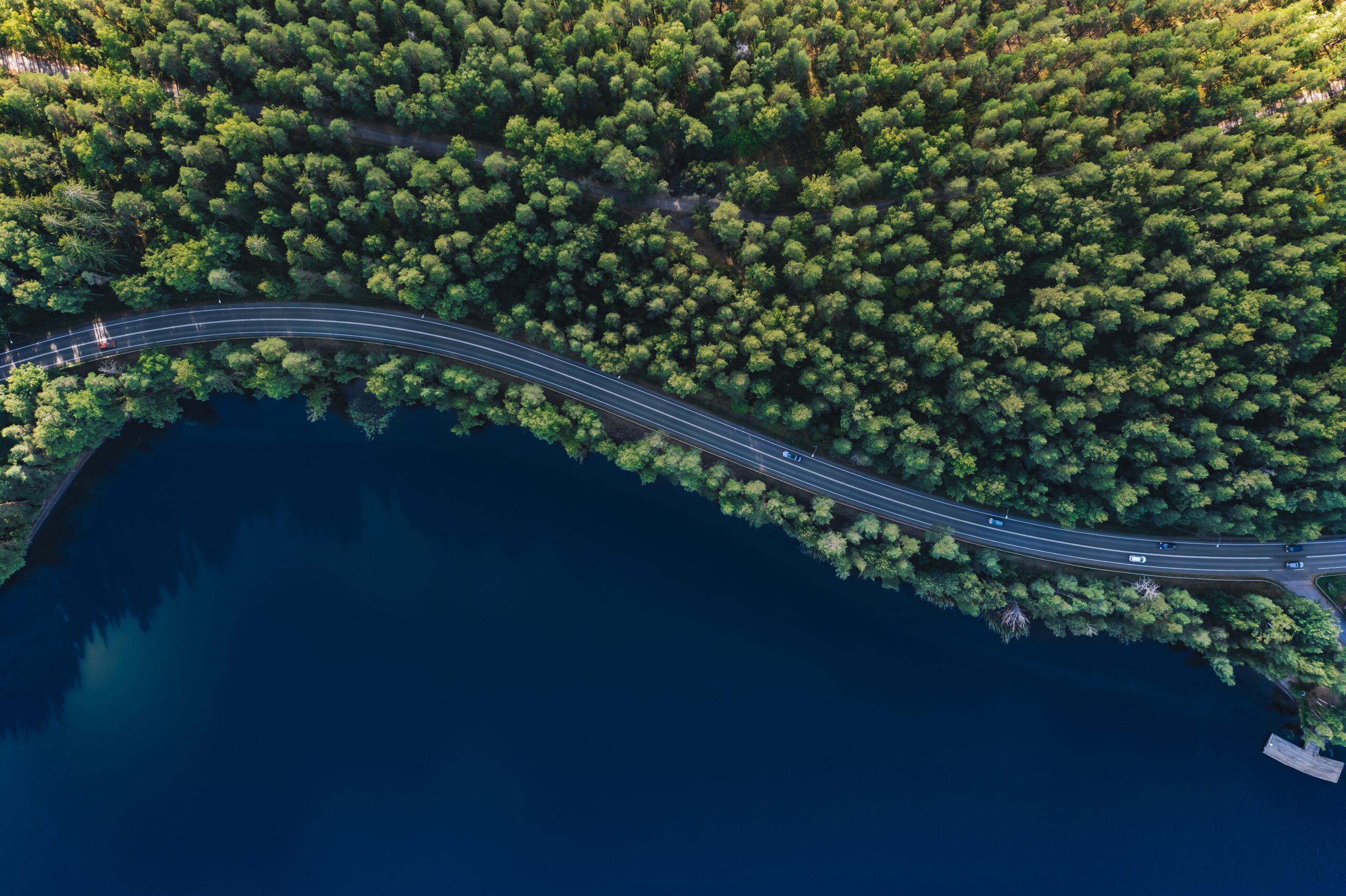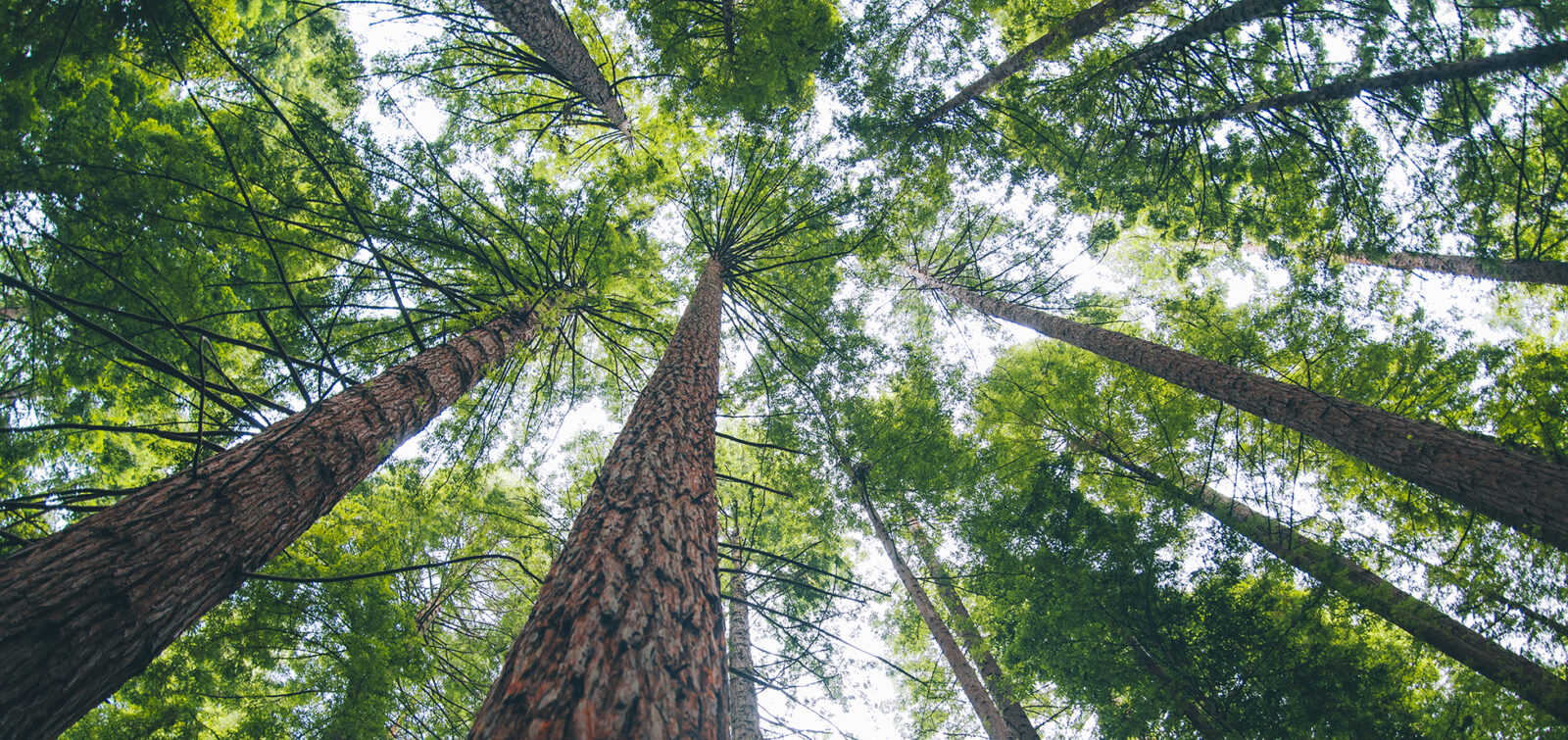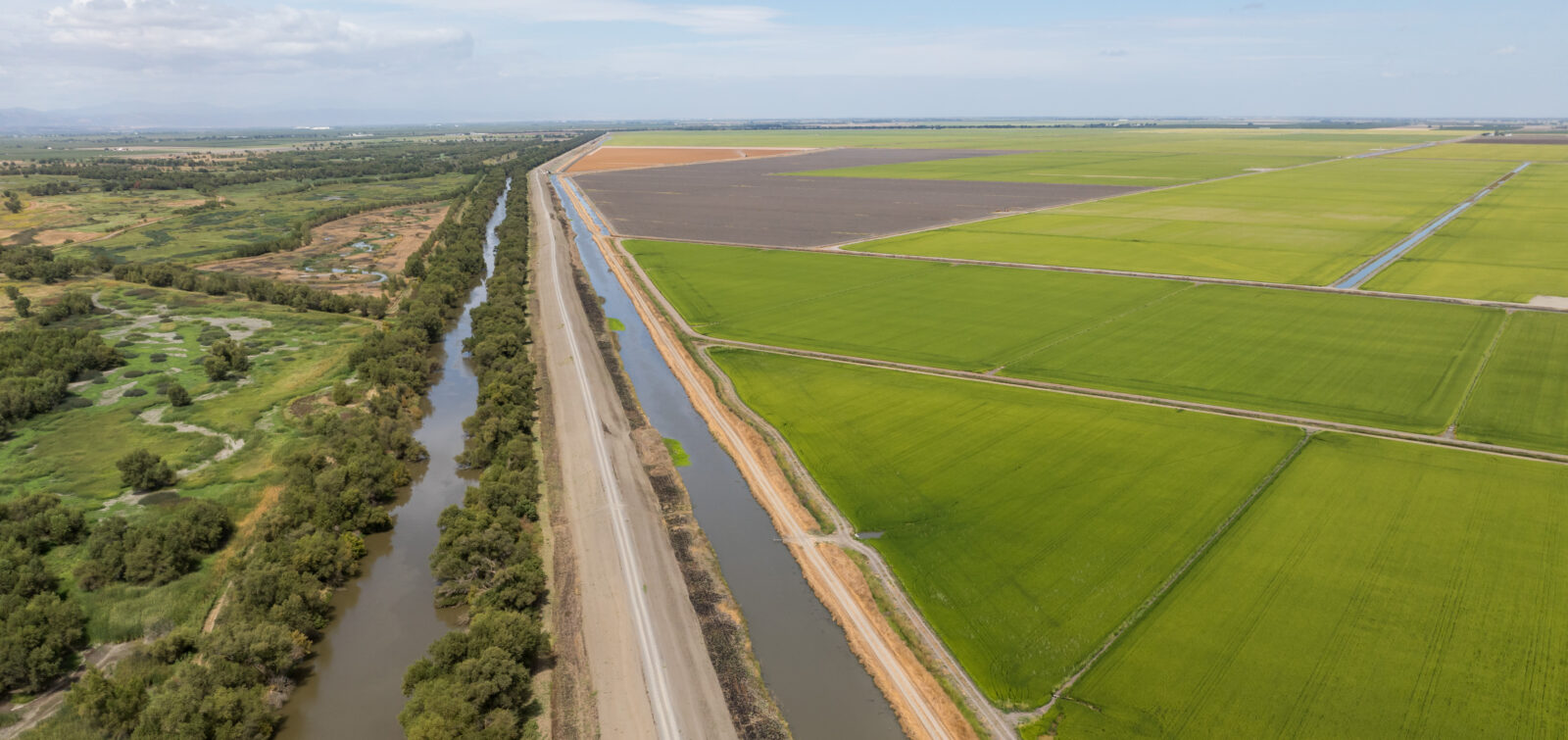Coastal habitats like seagrass meadows, salt marshes, and mangrove forests are among our planet’s most powerful natural defenses against climate change. These wetlands capture and store vast amounts of atmospheric carbon—often for centuries—making them incredibly efficient carbon sinks. “Blue carbon” ecosystems often capture carbon at much higher rates per unit area compared with terrestrial forests due to their ability to sequester the carbon in their soils.
These ecosystems, however, are under growing threat. Sea level rise, coastal development, and pollution are rapidly degrading wetlands, releasing long-stored carbon back into the atmosphere. Protecting and restoring these vital habitats isn’t just an environmental priority—it’s a climate imperative. That’s why Environmental Science Associates (ESA) is at the forefront of blue carbon research and restoration, working on projects across the country to map, measure, and protect these critical ecosystems.
To dive deeper into this pressing issue, we’re proud to introduce a new white paper from the Pacific Northwest Blue Carbon Working Group, including co-author Lindsey Sheehan, ESA hydrologist and coastal engineer. The paper explores how soil carbon stocks vary across different coastal conditions, highlighting the importance of local factors like site elevation and plant communities over broader regional climates. These insights are key to integrating blue carbon into coastal planning and restoration efforts along the West Coast.







